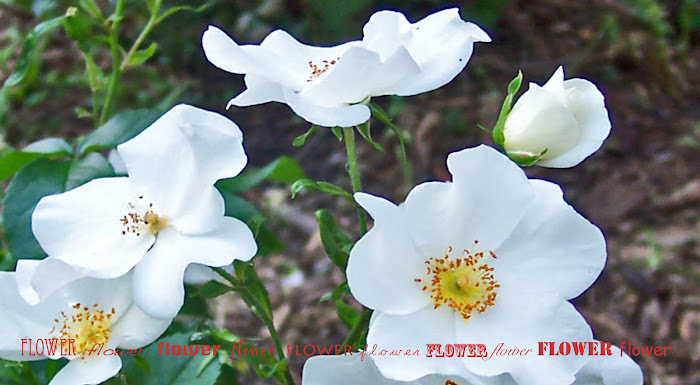
Virginia BluebellsMertensia virginicaBorage family (Boraginaceae)
Description: This native perennial plant is 1–2½' tall, branching occasionally. The central stem is round, hairless, and light green. The alternate leaves are up to 7" long and 3" across. They are light green or greyish green, hairless, with a soft floppy texture. The leaves are ovate-oval or ovate-oblong in shape, with smooth margins, and conspicuous pinnate venation. They usually taper to a winged petiole, although some of the upper leaves are sessile. Some of the upper stems terminate in nodding clusters of light blue flowers. These flowers are about ¾–1" long. The corolla of each flower is tubular, flaring outward toward the 5 shallow lobes like a trumpet. Within the corolla, are 5 white stamens with light brown anthers and a white style that is long and slender. The small greyish green calyx is divided into 5 blunt teeth. While in the bud stage, the flowers are a light purplish pink, but become light blue with maturity. The blooming period occurs from mid- to late spring, and lasts about 3 weeks. The ovary is divided into 4 lobes, which contain the nutlets. The root system consists of a taproot. This plant often forms colonies.
Cultivation: The preference is light shade to partial sun in moist wooded areas with rich soil. The foliage dies down by mid-summer. Habitats include wet to mesic woodlands, especially in semi-shaded floodplain areas along rivers, bluffs, and flower gardens.
Faunal Associations: The flowers are pollinated by long-tongued bees primarily, including honeybees, bumblebees, Anthophorid bees, Mason bees, large Leaf-Cutting bees, and Miner bees; these insects seek nectar and collect pollen. Other visitors of the flowers include hummingbirds, bee flies, butterflies, skippers, and Sphinx moths, including hummingbird moths. This group of visitors seek nectar from the flowers. Small flower flies may also visit the flowers, however they feed on the pollen and are not effective pollinators.
Comments: It is easy to see why Virginia Bluebells is a favorite woodland wildflower. The pastel colors of the flowers and foliage are soft and soothing. Some plants produce mature flowers that are white or pink.
Description: This native perennial plant is 1–2½' tall, branching occasionally. The central stem is round, hairless, and light green. The alternate leaves are up to 7" long and 3" across. They are light green or greyish green, hairless, with a soft floppy texture. The leaves are ovate-oval or ovate-oblong in shape, with smooth margins, and conspicuous pinnate venation. They usually taper to a winged petiole, although some of the upper leaves are sessile. Some of the upper stems terminate in nodding clusters of light blue flowers. These flowers are about ¾–1" long. The corolla of each flower is tubular, flaring outward toward the 5 shallow lobes like a trumpet. Within the corolla, are 5 white stamens with light brown anthers and a white style that is long and slender. The small greyish green calyx is divided into 5 blunt teeth. While in the bud stage, the flowers are a light purplish pink, but become light blue with maturity. The blooming period occurs from mid- to late spring, and lasts about 3 weeks. The ovary is divided into 4 lobes, which contain the nutlets. The root system consists of a taproot. This plant often forms colonies.
Cultivation: The preference is light shade to partial sun in moist wooded areas with rich soil. The foliage dies down by mid-summer. Habitats include wet to mesic woodlands, especially in semi-shaded floodplain areas along rivers, bluffs, and flower gardens.
Faunal Associations: The flowers are pollinated by long-tongued bees primarily, including honeybees, bumblebees, Anthophorid bees, Mason bees, large Leaf-Cutting bees, and Miner bees; these insects seek nectar and collect pollen. Other visitors of the flowers include hummingbirds, bee flies, butterflies, skippers, and Sphinx moths, including hummingbird moths. This group of visitors seek nectar from the flowers. Small flower flies may also visit the flowers, however they feed on the pollen and are not effective pollinators.
Comments: It is easy to see why Virginia Bluebells is a favorite woodland wildflower. The pastel colors of the flowers and foliage are soft and soothing. Some plants produce mature flowers that are white or pink.

No comments:
Post a Comment